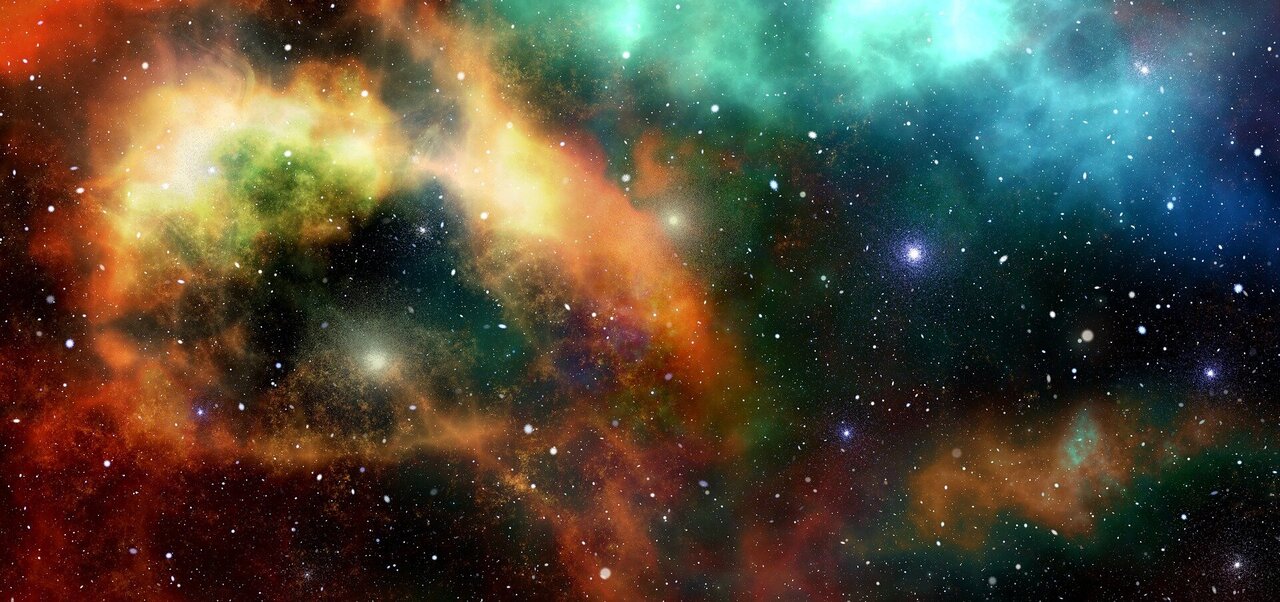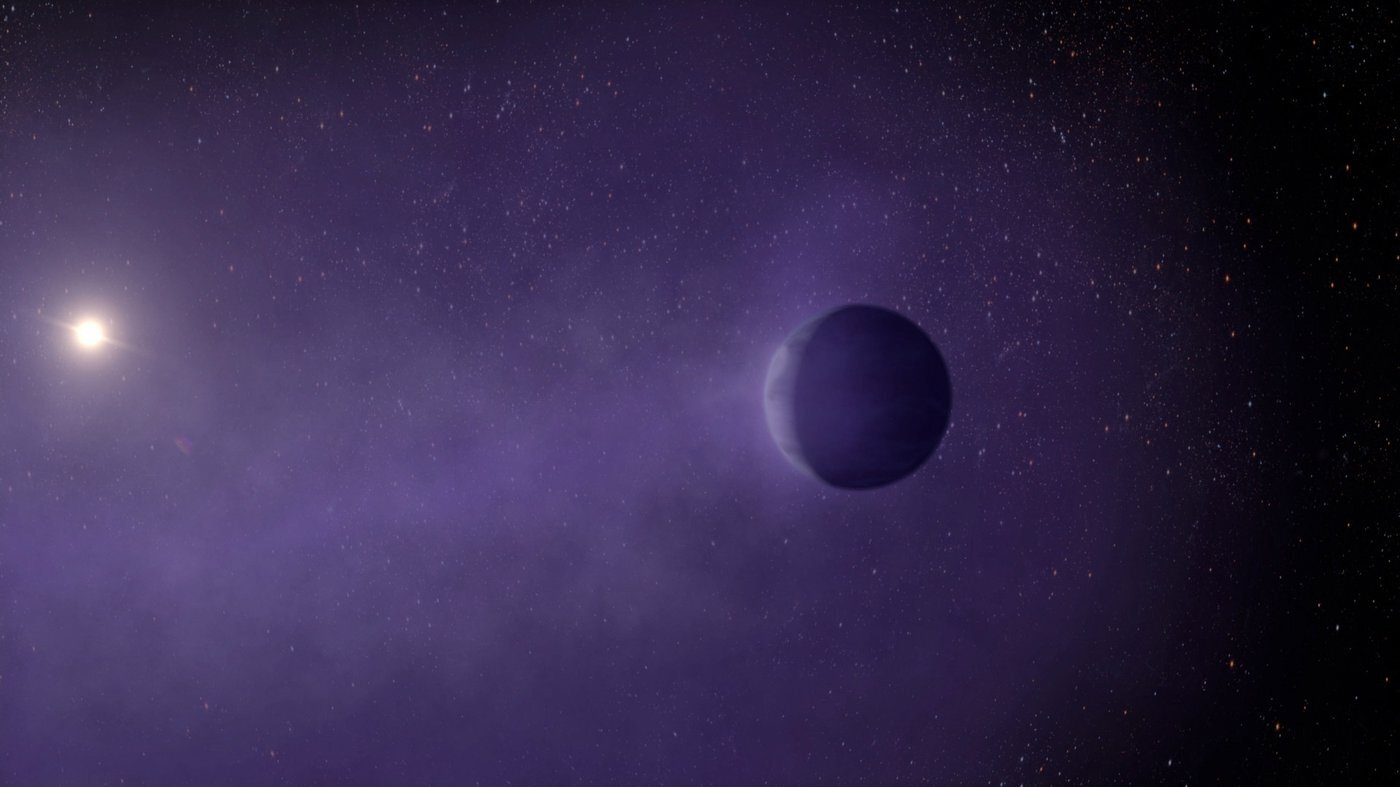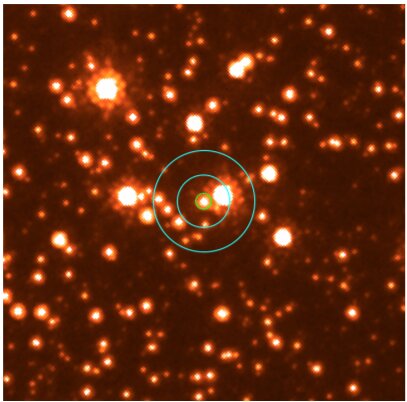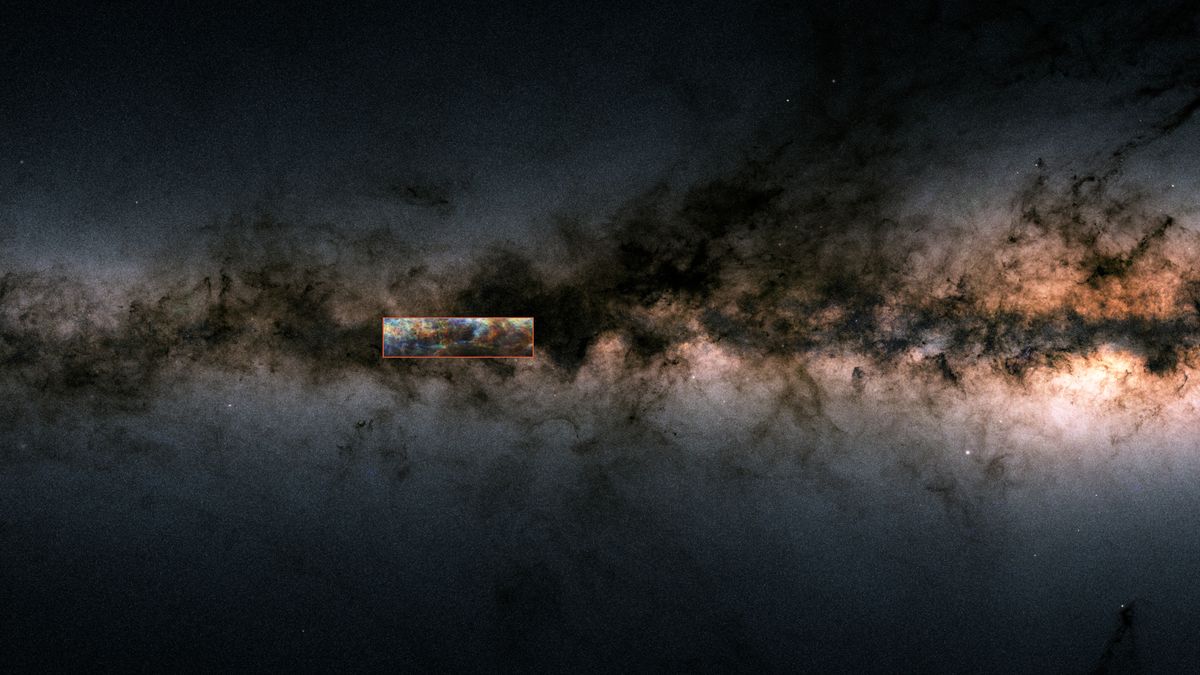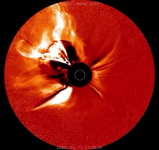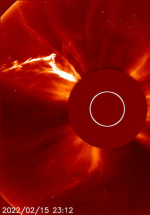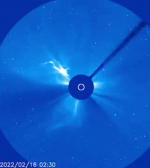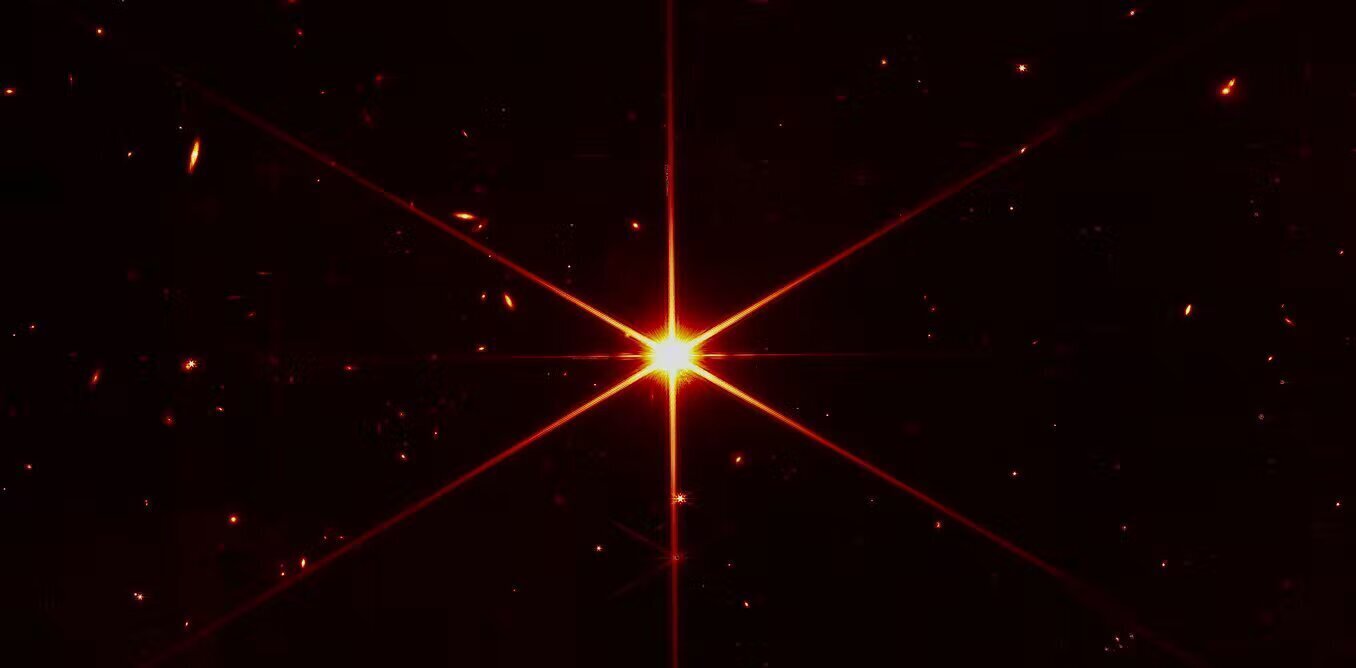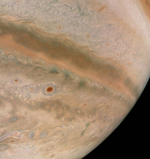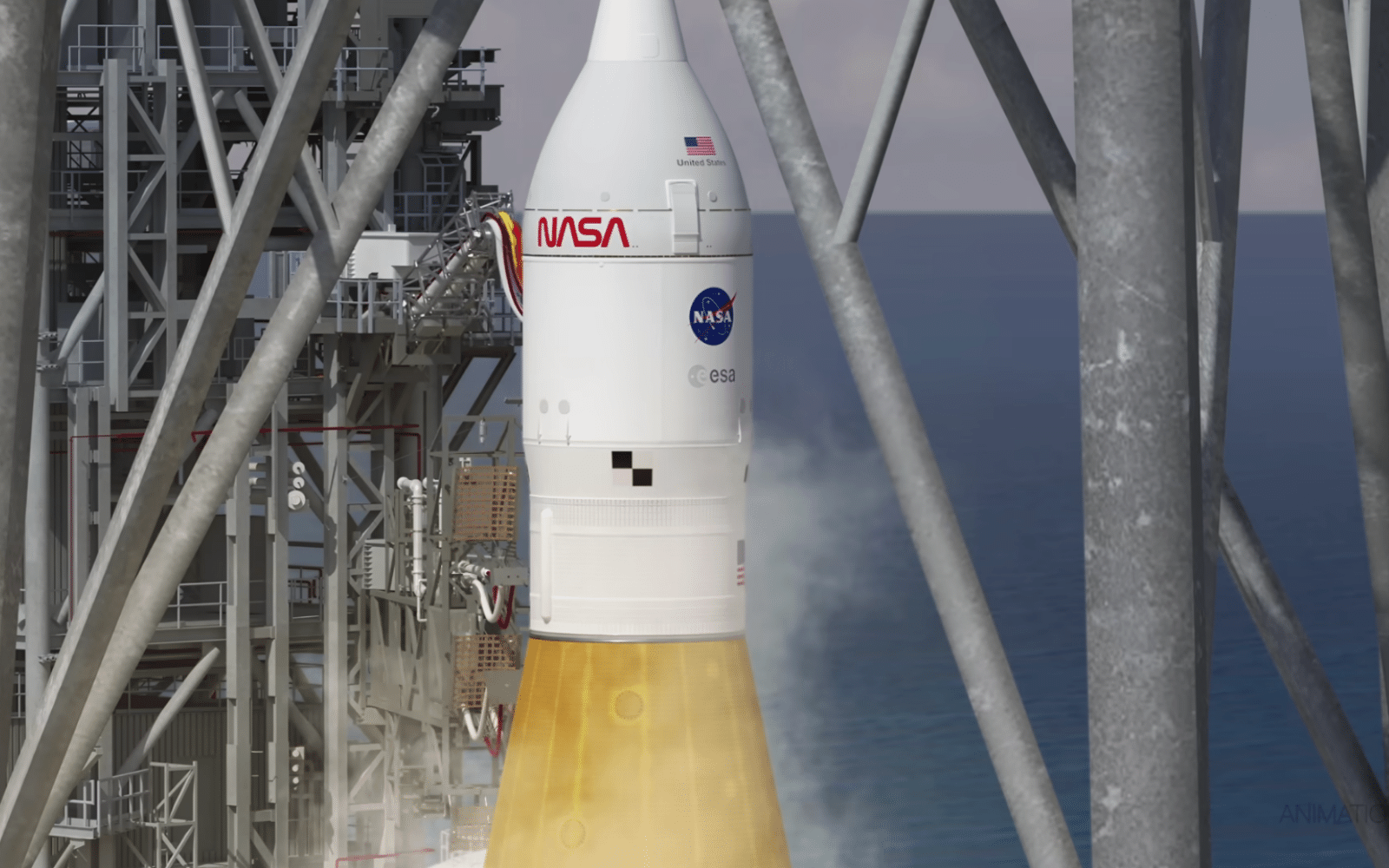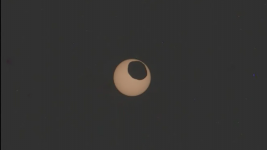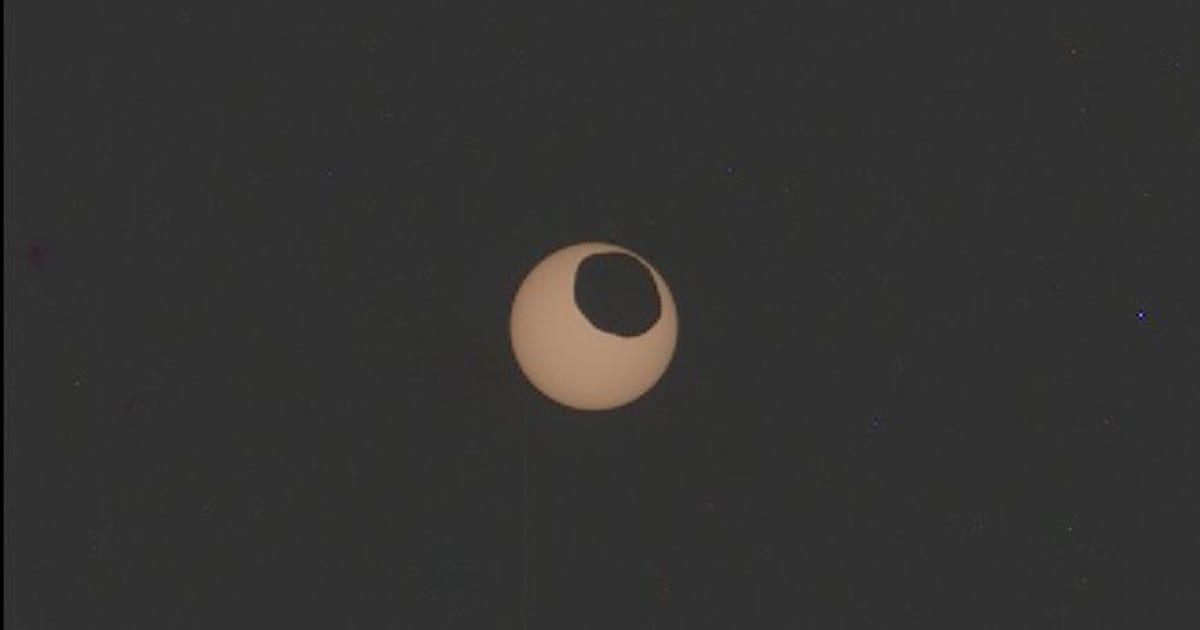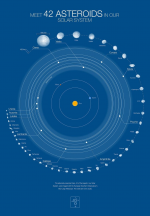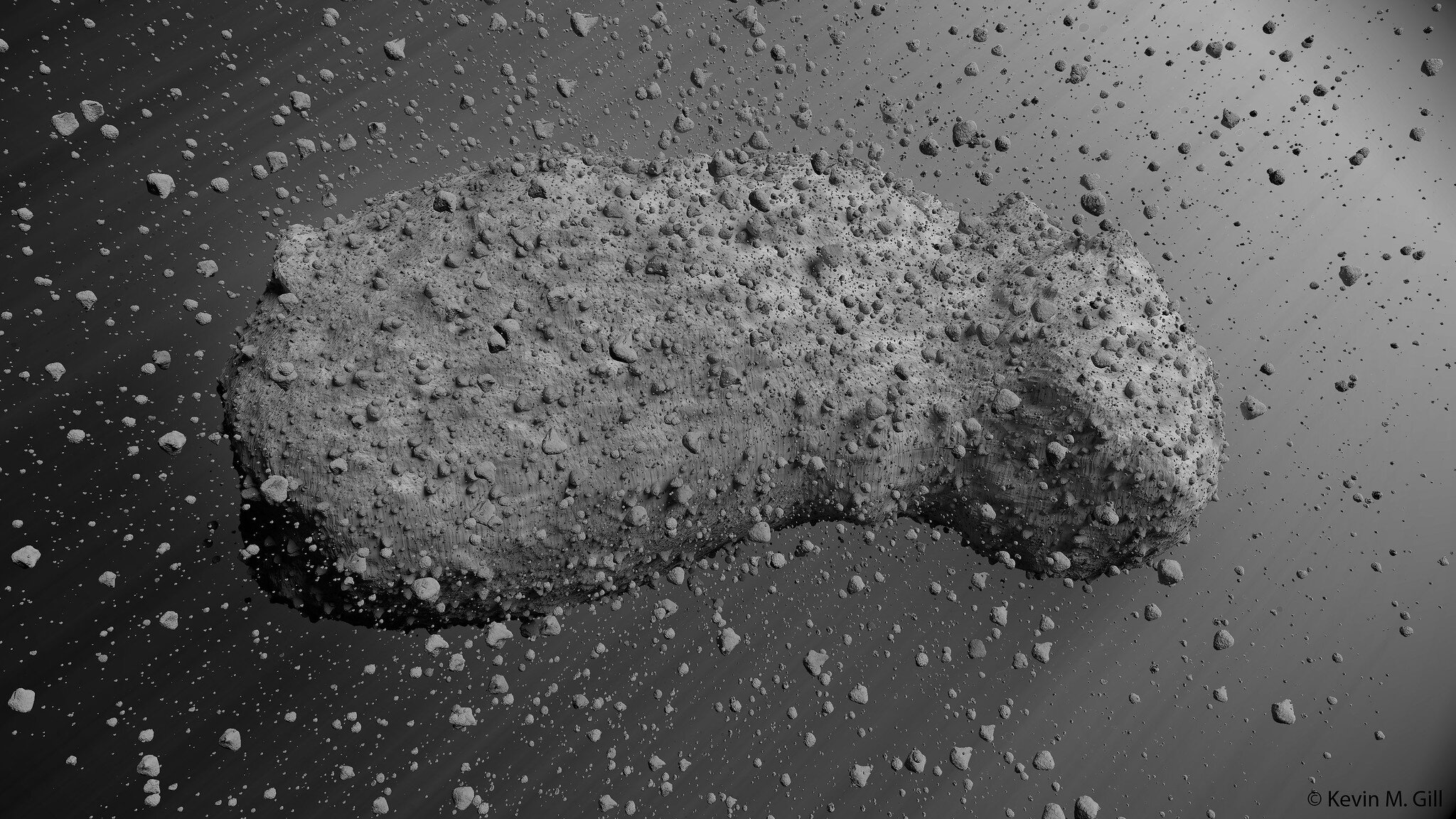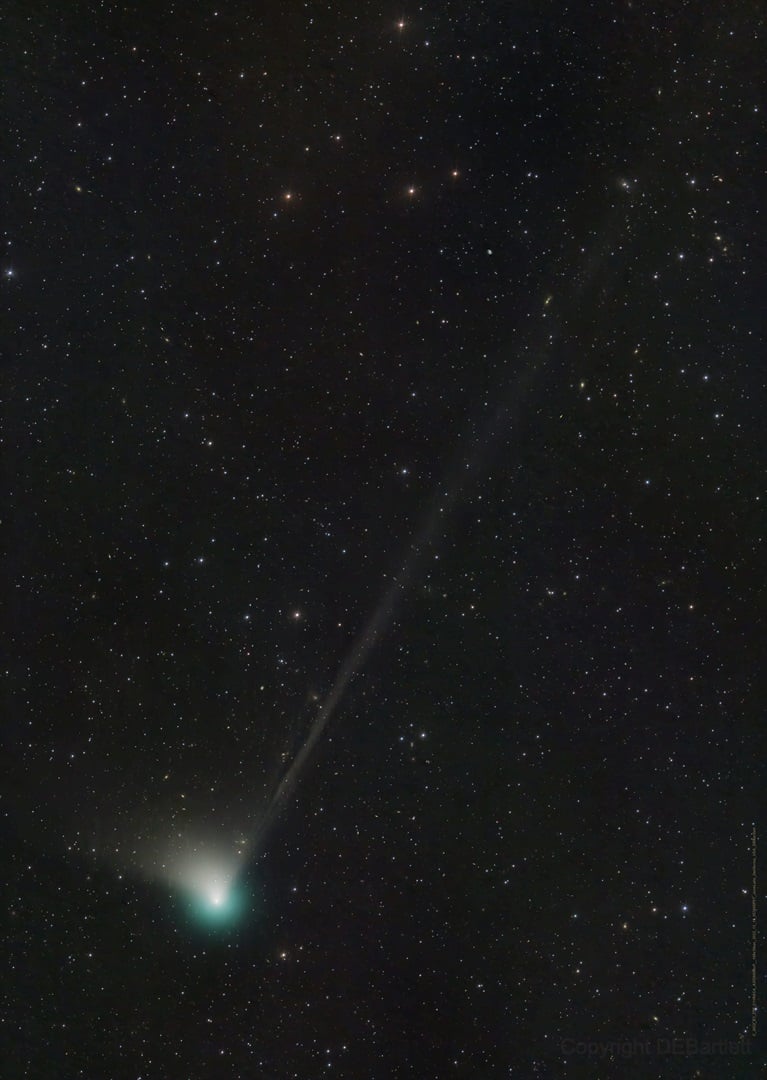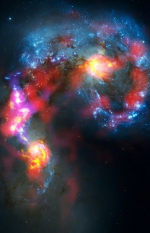 I
IImage of the Antenna galaxies, composite from ALMA and Hubble observations !
The Antenna galaxies (also known as NGC 4038 and 4039) are a pair of colliding spiral galaxies with highly distorted shapes located about 70 million light-years away in the constellation of Corvo. This image combines ALMA observations, taken at two different wavelength regions during the observatory's initial testing phase, with observations taken by the NASA/ESA Hubble Space Telescope.
The Hubble image is the sharpest image ever taken of this object, making it a milestone in terms of resolution. ALMA observes at much longer wavelengths, which makes it much more difficult to obtain images that are comparatively sharp. However, when ALMA's network is complete, your view will be ten times sharper than Hubble's.
Most of the ALMA test observations used to create this image were taken with just twelve antennas working in unison - far fewer than those that will be used to make the first scientific observations - and situated very close together. Both factors contribute to making this new image just a foretaste of what is yet to come. As the observatory grows, the sharpness, speed and quality of observations will increase dramatically as more antennas become available and the network will grow in size. Despite this, this is the best submillimetre-wavelength image of the Antenna galaxies and opens a new window into the submillimetre Universe.
While visible radiation - here shown in blue - shows newborn stars in galaxies, the ALMA image shows something that cannot be seen at these wavelengths: the clouds of dense, cold gas from which new stars form. . The ALMA observations - shown here in red, pink and yellow - were obtained at specific wavelengths of millimeter and submillimeter radiation (ALMA bands 3 and 7), calibrated to detect carbon monoxide molecules in the hydrogen clouds (which would be otherwise invisible), where new stars are forming.
Enormous concentrations of gas were found, not only in the hearts of the two galaxies but also in the chaotic region where the collision is taking place. There, the total amount of gas amounts to billions of times the mass of the Sun - an extremely rich reservoir of material for future generations of stars. Observations like these will be vital to understanding how galaxy collisions give rise to new stars. This is just one example of how ALMA reveals parts of the Universe that cannot be seen with a telescope operating in both visible and infrared.
Credit:
SOUL (ESO/NAOJ/NRAO). Visible light image: the NASA/ESA Hubble Space Telescope
Last edited:

